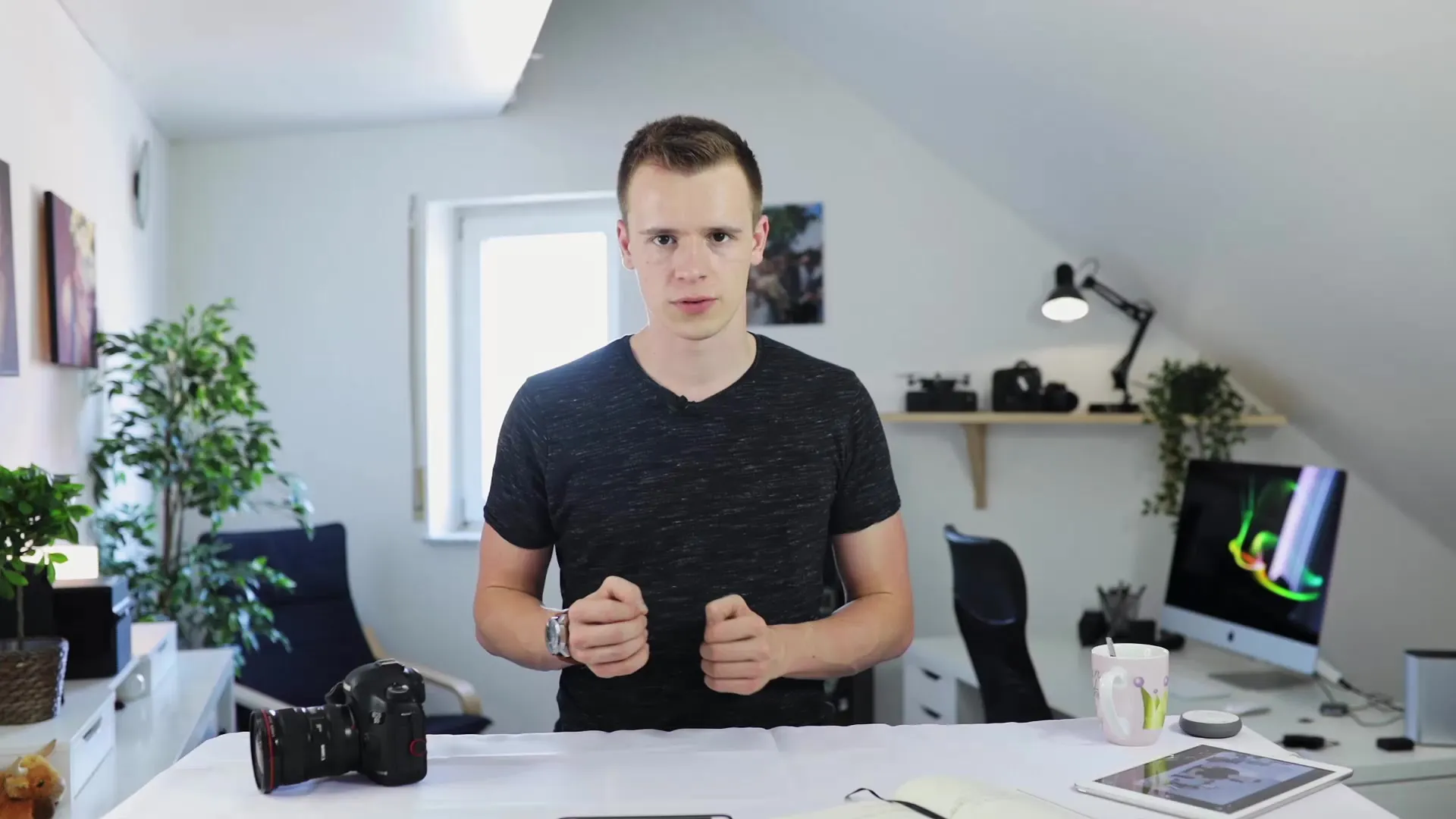In video editing, there are many factors that can influence the final quality of your project. One of the most crucial aspects, often overlooked, is the bit-depth of your videos. It is the key to more colors and dynamic nuances in your footage. In this guide, you will learn how bit depth works and how you can use it to significantly improve the quality of your videos.
Main Insights
- The bit depth determines how many colors can be displayed per pixel.
- Higher bit depths allow for better color gradation and more flexibility in post-production.
- Compression can significantly affect video quality.
- It is important to choose a camera with as little compression as possible to increase post-production options.
Step-by-Step Guide
1. Understanding Bit Depth
The basic training unit starts with the concept of bit depth. Most cameras typically film in 8 bits, which offers 256 color combinations per pixel and color channel. However, it is crucial to know that 8 bits often reach their limits in post-production. A better understanding of bit depth can help you make a more informed decision for your projects.

2. Distinguishing Between Different Bit Depths
Cameras like the EOS R can film in 10 bits or even higher when connected to external recorders. 10 bits give you more than 1000 color combinations. This higher bit depth means you can extract more from your images. While 8 bits may be sufficient for most purposes, you should aim for 10 bits for specific projects that require post-production color correction.
3. The Impact of RAW Videos
In the world of videography, there is also the option to record in RAW. This technique stores many more details, similar to photography. RAW videos provide data quantities of 10 to over 16 bits, giving you a tremendous advantage in editing. This additional information allows for extensive adjustments without significant loss in quality.
4. Tips for Choosing a Camera
When selecting a camera, it is important to consider not only the bit depth but also the compression. Smartphones and many consumer cameras are often over-compressed to save space, which can lead to significant issues in post-production. Choose a camera that allows you to film with minimal compression to have more flexibility in post-production.
5. The Issue of Compression
Compression has a significant impact on image quality. Smartphone cameras optimize video recordings so that they look good on a smartphone display, often at the expense of details. Professional cameras, on the other hand, work with significantly less compression and allow you to make adjustments to color and contrast later on. This is especially important if you have plans for post-production.
6. Processing and Storing Videos
The quality of your video depends not only on the bit depth but also on the bitrate at which you record. Higher bitrates (measured in Mbit per second) improve quality, while lower bitrates can lead to losses. For example, YouTube uses a relatively low codec, which is adequate for direct viewing. However, for editing purposes, your videos should be available at a higher bitrate.
7. Recommendations for Video Recording
It is advisable to set your camera's settings to allow for the lowest possible compression. This will enable you to work more comprehensively on your project. Whether you are using a DSLR or a smartphone, prioritize the quality of the recording to have more options during editing later on.

Summary - DaVinci Resolve: Bit Depth for Better Video Quality
Bit depth is a crucial factor for video quality. Higher bit depths allow you to represent more colors and nuances in your recordings. When choosing your camera, pay attention to compression and try to record videos in the best possible quality.
Frequently Asked Questions
What is bit depth?Bit depth indicates how many colors can be displayed per pixel.
How does compression affect video quality?Compression can lose details and color nuances, making post-production difficult.
Should I film in 10 bits or 8 bits?For most applications, 8 bits is sufficient, but for extensive color corrections, 10 bits is recommended.
Why are RAW videos better?RAW videos store more information, allowing for more extensive post-production without quality loss.
What is the ideal bitrate for high-quality videos?Higher bitrates, such as 20-40 Mbit per second or more, ensure better image quality.


